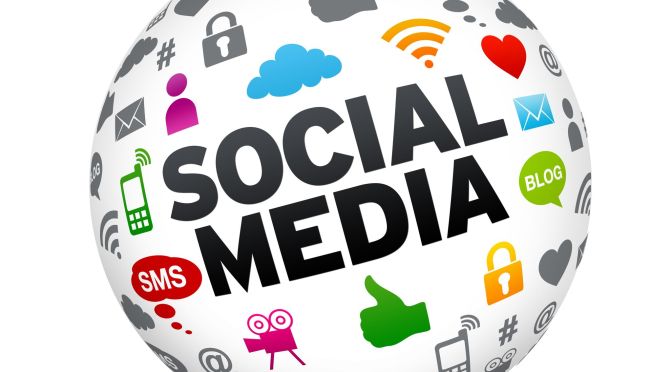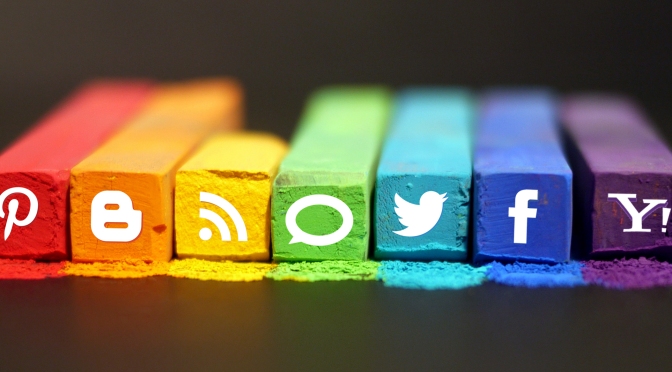A couple of days ago in a workshop session, while asked to check out some applications that help to monitor our fitness, most iPhone users discovered some shocking findings. An application (Health) that usually comes installed with the latest iPhone seems to have been gathering data of each user without their knowledge.
So the big question pops up? Is this ethical? Is it a moral act? Should we take Apple to court?
While some were excited that their records of how many steps they take daily since they had the phone had been recorded, others were taken aback by this act of Apple stating that there could probably be more to this than meets the eye. Where does all this information go? Who saves them? What’s the data used for? Am I really safe using an iPhone?
The battle between right and wrong began to kick in.
Damon Horowitz in a TEDx conference stated how hard it is for such moral questions to be answered. Whoever determines the moral operating system also needs to be scrutinized, do they have the legal backing to say such?
It is almost impossible to install a new app on your phone without getting a prompt for you to agree to the terms that data from some social media platforms you’re on can be used within this new app. So we get stuck? For some, we just hit the “Yes” button just to get it over with and because we need the app, yet for others who are more skeptical and probably have alternatives, “No” comes easy. Privacy is one of the most significant ethical issues in digital media (Charles Ess, 2014).
From my perspective, I think it takes two to tangle. While I do not necessarily agree that applications should request for our information from existing social media platforms due to the fact that I will not want them linked, I also believe that most times we give permission that authorizes these apps to pull our data. So I see individuals and technology as parties both responsible for data privacy.
On the other hand, Fletcher et al(2011) argues that individuals knowingly and willingly allow individual pieces of personal data to be collected called their Personal Identifying Information (PII). That’s a fair statement to make considering the fact that most applications and social media platforms begin with us agreeing to some terms and conditions.
So the next time you want to install a new application, remember “Terms and Conditions….APPLY”.
References
Ess, C. (2014). Central Issues in the Ethics of Digital Media. Digital Media Ethics. USA: Polity Press
Fletcher, G., Griffiths, M., Kutar, M. (2011). A Day in the Digital Life: A Preliminary Sousveillance Study. Retrieved 6th March, 2015 from http://papers.ssrn.com/sol3/papers.cfm?abstract_id=1923629
Horowitz, D. (2011). We need a “moral operating system”. TEDxSilicon Valley. Retrieved 10th March 2015 from http://www.ted.com/talks/damon_horowitz#t-354652



